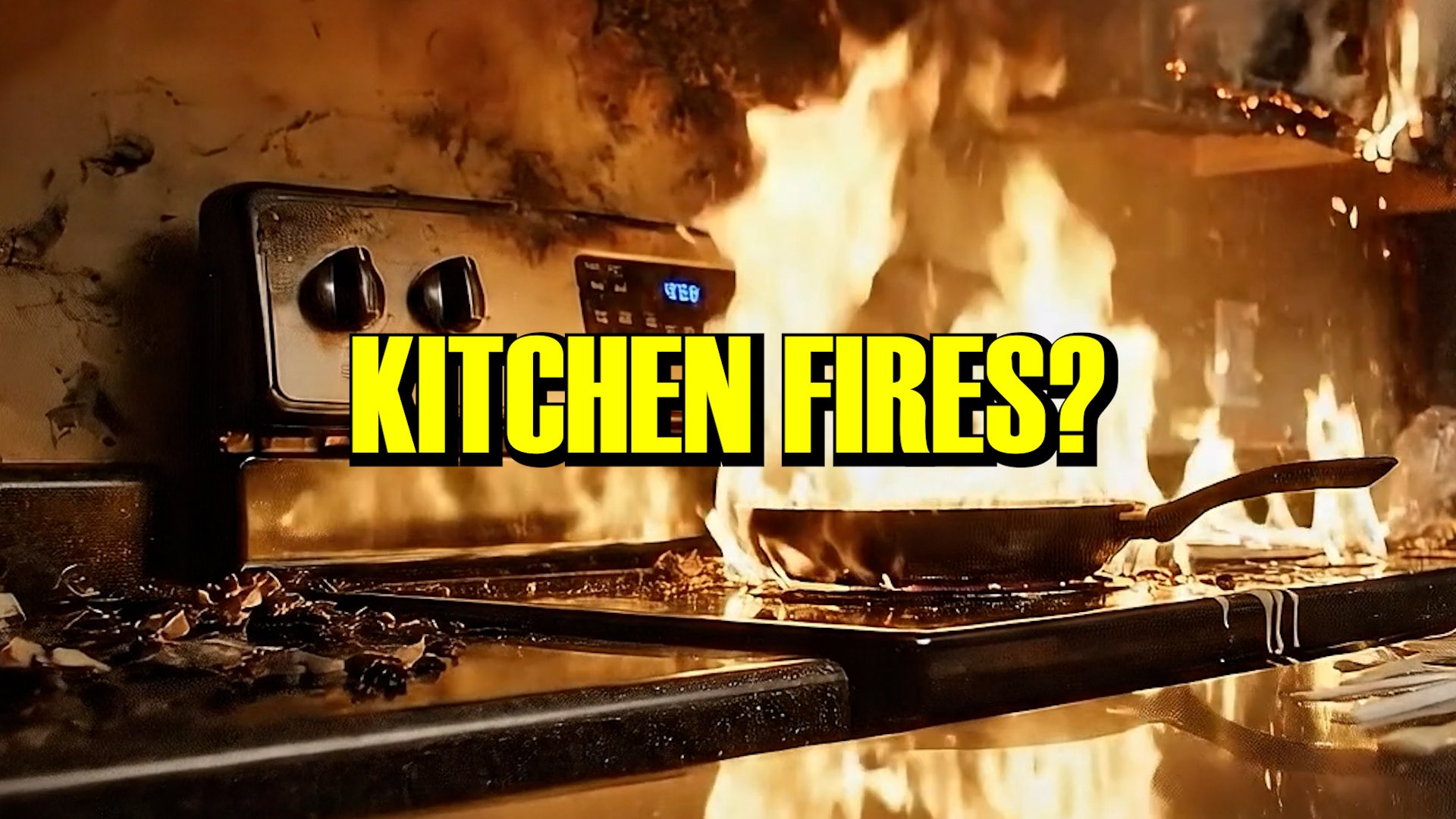Summary: Kitchen fires are one of the most common calls for structure fires, but that doesn’t mean they’re routine. Whether you’re a probie or a seasoned nozzleman, treating kitchen fires like a simple “pan on the stove” job can get someone hurt. From water application and ventilation to recognizing hidden fire paths and extension risks, success starts with solid decision-making under pressure.
Are You Treating Kitchen Fires Like Just Another Burnt Meal?
When you roll up on a kitchen fire, are you assuming it’s just another pan on the stove, or are you sizing up for something bigger?
Is fire already moving beyond the cabinets, into the walls, or up through the attic?
Do you know where the kitchen sits in the structure, and what’s above or behind it that might already be burning?
Are You Watching for Extension or Just Focusing on Flames?
Are you looking beyond the visible fire?
Are those cabinets just scorched or starting to fall apart?
Is the hood vent pushing heat into a chase that runs to the second floor?
Are You Venting at the Right Time or Feeding the Fire?
Do you have control of the flow path, or are you guessing based on layout?
Is there a clear coordination plan between interior attack and ventilation?
How does that change in open concept homes where the kitchen flows into the rest of the house?
Are You Assuming It’s Out Just Because It Looks Like It?
Once you knock the fire, are you checking for signs of travel into joist bays or drop ceilings?
Have you opened up the wall behind the stove, or are you trusting what you can see?
Is the ceiling above the kitchen cool to the touch, or could it be hiding something worse?
Are You Thinking Through Interior Versus Exterior Access?
If the kitchen is in the back corner of the house, is there an opportunity for a quick hit from the outside?
If interior access is tight or visibility is zero, do you adjust your approach?
Are your tools staged for opening up cabinetry, ceilings, and voids once you’re inside?
What’s Getting Missed Behind the Cabinets?
Are you considering the years of grease, dust, and insulation tucked behind those cabinets?
Could fire be running behind the drywall or into an unsealed soffit?
Have you seen what’s hiding in the space between the cabinets and the ceiling?
Are you assuming the wall behind the stove is your only problem?
What would you tell the next probie on your crew before they stretch into a kitchen fire?



Comments